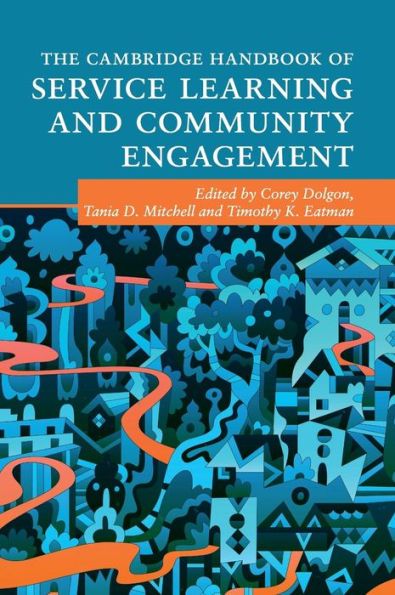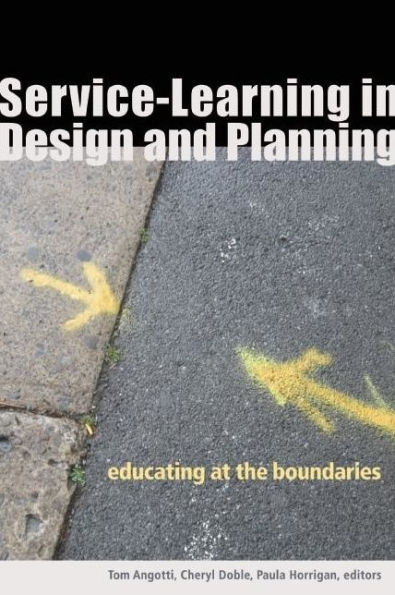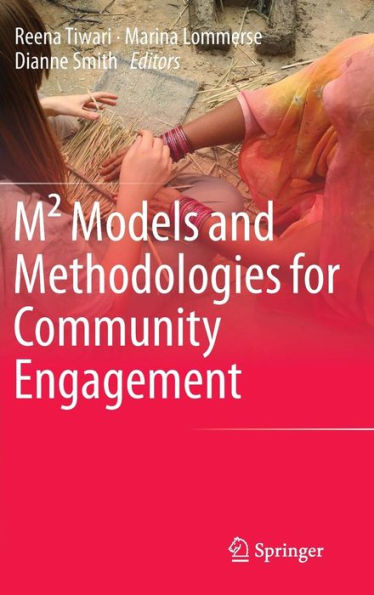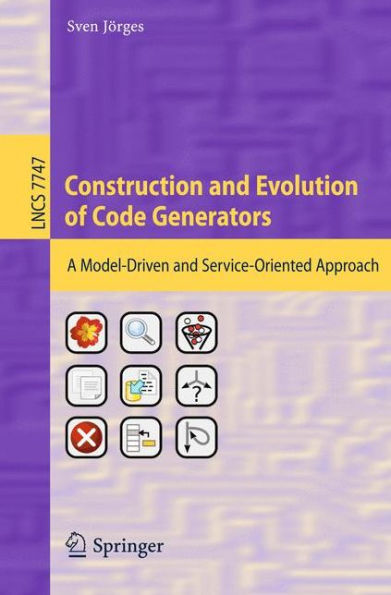Home
Taking eService-learning to the Next Level: Models and Tools for Generation Implementation
Loading Inventory...
Barnes and Noble
Taking eService-learning to the Next Level: Models and Tools for Generation Implementation
Current price: $99.74
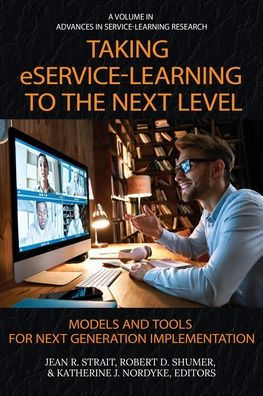

Barnes and Noble
Taking eService-learning to the Next Level: Models and Tools for Generation Implementation
Current price: $99.74
Loading Inventory...
Size: Hardcover
*Product Information may vary - to confirm product availability, pricing, and additional information please contact Barnes and Noble
The chapters in this book provide an excellent story of the growth of e-learning and eService-learning over the past many years. Strait takes us from the first chapter examining current issues and considerations for eService-Learning, to a second chapter that documents the growth and maturation of a program at Missouri State University, to chapters that introduce "critical" e-Service-learning with a social justice orientation (Gordon and Jackson-Brown), and chapters that address international experiences (Ong, Tan, et al., and Dietrich and Ekici) that involve eService-learning in Singapore and long-distance relationships between the U.S. and Afghanistan, to illustrate the multiplicity and diversity of current models of service and learning that occur through electronic means.
The importance of the book and its chapters is that change happens. What was occurring in the early 21st century was altered by situations, such as the global pandemic of COVID-19, to increase the reliance on e-educational systems and promote the increased use of electronic educational programs that covered almost all areas of educational systems. While early mobile phones existed in the 1970s (Teixeira, T. 2010), they evolved, and more sophisticated versions were produced throughout the 20th century. By the end of the century, phones that could easily transmit emails were developed, and then came camera phones and then smart phones by 2003. And phone communication has continued to change, existing today as a total communication device used by people all over the world.
Similarly, video, and visual systems have evolved and continue to change. Zoom was developed in 2011 and has continued to evolve and expand services all over the world. People are now able to visually and orally communicate with others on every continent 24 hours a day, and the complexity and utility of communication has similarly expanded. Now phones can instantaneously translate between languages and people in all parts of the world can share experiences and visual products without barriers of language, country, or time. Indeed, the electronic world is an amazing entity and continues to evolve each year.
So, what are the implications of all these changes for education and service? Simply put, they are and will continue to evolve to more complex and more useful forms for all communication and interaction. And this current volume gives us much insight into the important areas of change in both e-learning and eService-learning. All the chapters add great insight and information about important issues in the field and highlight some of the critical concepts embedded in its development.

